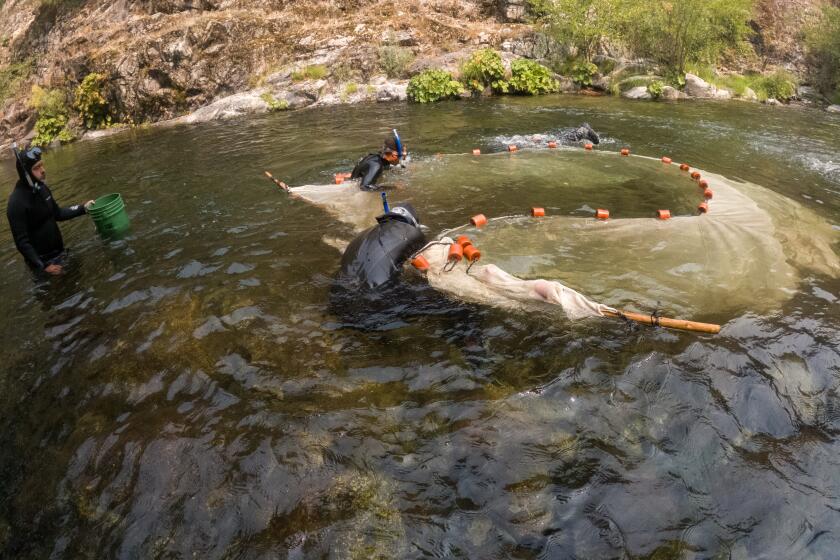CLIPBOARD : BREEDING BIRD: SPOTTED SANDPIPER
(Actitis macularia)
Description: Distinctive spotted underparts during breeding season. In winter, olive-brown overall with white below and white eyebrow. A short tail, yellow-orange legs and black-tipped bill compelte the ensemble. In flight, underwing shows stripes. Length: 7 1/2 inches.
Habitat: Shorelines of lakes and ponds, marshes.
Diet: Flying insects, fish, mollusks, carrion, crustaceans; also picks from water’s surface.
Displays: The Spotted sandpiper’s breeding plumage is among the simplest of shoreline communications, displaying the bird’s gender.
Nest: Dried moss lined with grass in elevated site, often among rocks or in wooded area near a log.
Eggs: Brown/green/pink hues marked with dark brown. Length: 1 1/4 inches.
Call: Calls include a clear peet or peet-weet! and peet-weet-weet-weet-weet.
Notes: Recognized as a “pioneering species”, the Spotted sandpiper quickly and frequently colonizes new sites, emigrates in response to reproductive failure and has one of the most unusual breeding systems found in birds, polyandry (one female mating with more than one male). Males take over responsibility of incubation and care of the young, thus allowing female to increase her reproductive output. However, due to a chronic shortage of available males, females produce only eight eggs per breeding season, even though physiologically able to produce 20.
Breeding bird atlas: To report bird breeding activity in your neighborhood, or to get information on the breeding bird atlas, call Sea and Sage Audubon Society members Sylvia Gallagher, (714) 962-8990, or Nancy Kenyon, (714) 786-3160.
Note: Map is divided into 5-kilometer squares so that Audubon Society volunteers can more easily survey areas on a regular basis.
Sources: Sea and Sage Audubon Society; “The Birder’s Handbook,” Ehrlich, Dobkin and Wheye, Fireside Books (1988); “Field Guide to the Birds of North America,” National Geographic Society (1987); “Birds of Southern California: Status and Distribution,” Garrett and Dunn, Los Angeles Audubon Society (1981).
Sign up for The Wild
We’ll help you find the best places to hike, bike and run, as well as the perfect silent spots for meditation and yoga.
You may occasionally receive promotional content from the Los Angeles Times.



